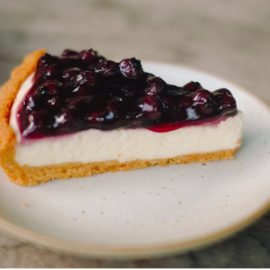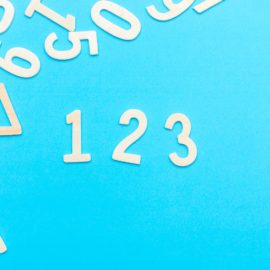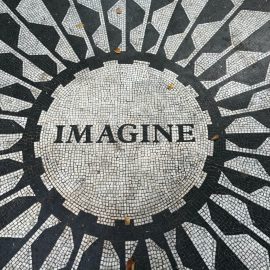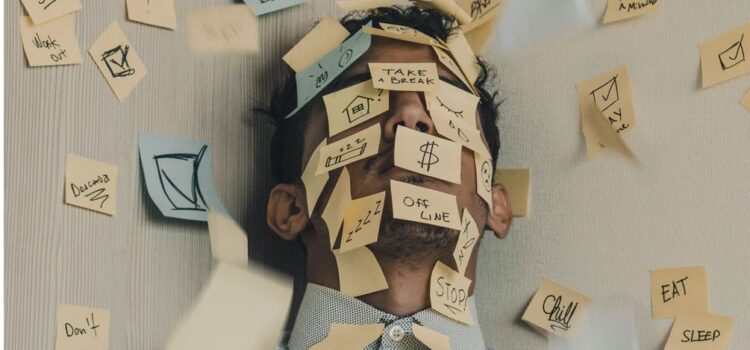
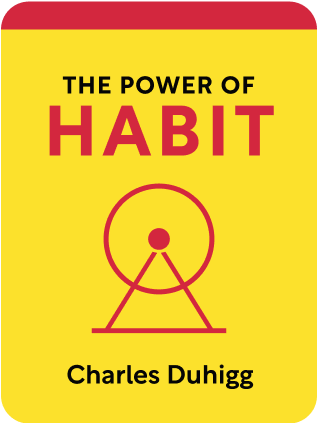
This article is an excerpt from the Shortform book guide to "The Power of Habit" by Charles Duhigg. Shortform has the world's best summaries and analyses of books you should be reading.
Like this article? Sign up for a free trial here .
Do you need a guide for changing your habits? How can you get rid of bad habits and develop good ones?
This guide to changing your habits offers four steps that you can take to recognize your habits and fixing them. Even if changing your habits is difficult, it is possible.
Keep reading for a guide to changing your habits.
Guide to Changing Your Habits
You probably want to change your bad habits, or adopt good new ones. This last section is a condensed guide on how to achieve this, with a realistic habit example.
A habit consists of Cue -> Routine -> Reward. The insight here is that the superficial routine (e.g. shopping for dessert and eating it) may not be the actual underlying craving (e.g. wanting a break away from the office). Here’s the guide for changing your habits.
Step 1: Identify the Routine
The first step in learning how to change your habits is to identify the routine. The routine is the automatic behavior you want to change. Unpack the entire routine into every single step from beginning to finish, even the steps you think aren’t important.
| Example: Let’s say I have a habit of going downstairs during work, visiting a nearby supermarket, and buying a dessert. I want to change this because I’ve gained 5 pounds. My entire routine: I get up from my desk, walk to the elevator, take the elevator down, walk outside for 3 minutes to the supermarket, browse the dessert selection, pick one, go to the checkout line, chat briefly with the checkout clerk, walk back to work, go up the elevator, and go back to my desk and eat the dessert. |
Step 2: Experiment with Rewards
Next, we need to figure out which part of the routine is most important to your craving. This will be a science experiment – change your routine to focus on a specific portion, and see if that fulfills your craving.
After you finish, write down the first three words that come to mind. They can be emotions or random thoughts. This is the part of the second step for how to change your habits.
Then, set an alarm for 15 minutes. When it rings, ask yourself – do you still feel that craving?
| On four different days, I try modifications to the routines depending on my hypothesis for what the craving actually is:Hypothesis: I actually want a sweet dessert.New routine: Instead of going to Whole Foods, I eat a candy bar in the office.Three notes: saccharine, tired, guiltyCraving still exist? not hungry, but still feel something’s missingHypothesis: I actually want some fresh air and walk outside.New routine: I walk for 10 minutes outside instead of going to the supermarket.Three notes: relaxed, cold, hungryCraving still exist? noHypothesis: I actually like the feeling of the elevator.New routine: I ride down and up the elevator three times.Three notes: bored, nauseous, sillyCraving still exist? yesHypothesis: I actually want some human contact (the dessert is just an excuse to talk to the checkout clerk).New routine: I talk to a co-worker.Three notes: interested, cool, productivityCraving still exist? yes |
This is an artificially simplistic example, but we can see that the only time the craving actually went away was when I walked outside. This is already a strong hint that the dessert is not what I actually want.
Figuring this out can take many tries over weeks. Be patient and keep collecting data until you see patterns.
Step 3: Isolate the Cue
The last diagnostic step is to figure out what cue sets you off. Because you’re receiving so much information at any given time, it might be hard to narrow this down. But all cues fit into one of five categories:
- Location
- Time
- Emotional state
- Other people
- Immediately preceding action
When you next feel the craving, answer these questions to find patterns.
| Day 1Where are you? At my deskWhat time is it? 4:05PMWhat’s your emotional state? TiredWho else is around? CoworkersWhat action preceded the urge? Answered 10 long emailsDay 2Where are you? In a meeting roomWhat time is it? 2:37PMWhat’s your emotional state? FrustratedWho else is around? Senior managerWhat action preceded the urge? Argument about hiring decisionand so on… |
It seems that I feel the craving in the afternoon, and often my emotional state is fatigue or frustration, often from work matters. Note that hunger isn’t often the major emotional state that prompts a dessert run.
Step 4: Have a Plan For Changing Your Habits
After a lot of experimentation, you’ve now defined the Cue -> Routine -> Reward loop for yourself. This is the last step for how to change your habits.
Now you need to set a plan to specify what you are going to do when the craving comes, just like the recovering hip replacement patients. Also, visualize the reward beforehand so that you can develop a craving for it.
| Plan: At 3:00PM, I will visualize the reward of a relaxing walk and breathing in fresh air. I will crave the feeling of calm after a hard day of work. I will go downstairs, walk to the nearby park a block away, walk a lap around, and walk back to the office. |
Over many repeated iterations of the new routine, you should start feeling like you’re adopting a new habit. You may slip off the wagon a few times, but keep at it – it’ll soon be automatic.
By following this guide for changing your habits, you can learn to gain power over your habits.

———End of Preview———
Like what you just read? Read the rest of the world's best book summary and analysis of Charles Duhigg's "The Power of Habit" at Shortform .
Here's what you'll find in our full The Power of Habit summary :
- The 3 steps to change your habits
- Why habits are at the root of success in football
- How social movements are just an expansion of habits from individuals to communities


